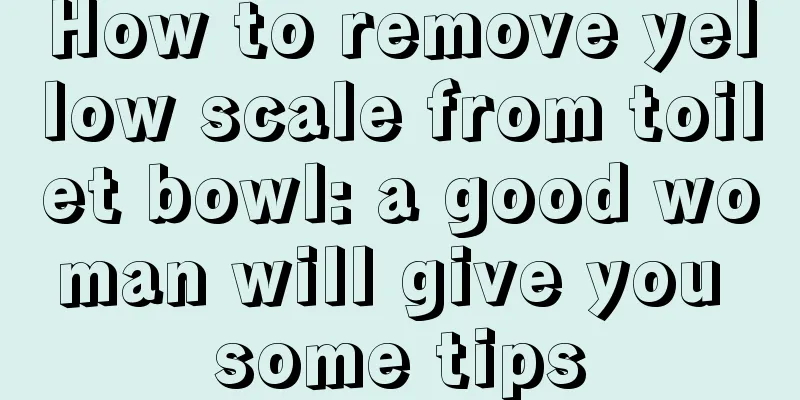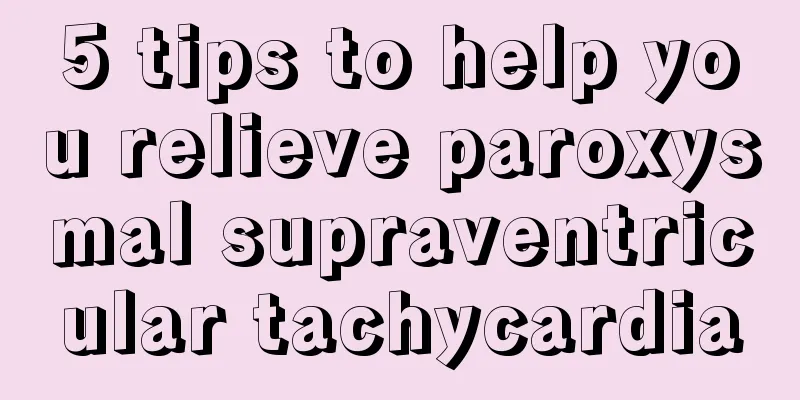Tips to control hair pulling

|
Trichotillomania is a chronic disease, which refers to the inability to control the impulsive behavior of pulling out hair. In fact, there are many causes of trichotillomania. Most people suffer from trichotillomania due to excessive psychological pressure or mental reasons. Today's young people are under great pressure in work and life. If the pressure cannot be released, some people relieve their stress by pulling out their hair. After it becomes a habit, they will pull out their hair whenever they encounter difficulties. Trichotillomania is a chronic disorder that refers to the recurring and uncontrollable compulsive behavior of pulling out one's own hair. It was first reported by French dermatologist Hallopeau in 1889. It is also called "trichotillomania" or "trichotillomania". Although most doctors agree that the disease has psychological causes, most patients have never seen a psychiatrist. They will have repetitive hair-pulling behavior, resulting in noticeable hair loss; they will feel great stress before pulling out their hair, and resisting this behavior will also cause great stress; when pulling out the hair, they will feel pleasure, satisfaction and relaxation. This disease may be a single symptom or may be related to certain mental illnesses, such as mental retardation, depression, anxiety, schizophrenia, obsessive-compulsive disorder and drug addiction. The prevalence of trichotillomania in children is 7 times that of adults, and the prevalence in females is 2.5 times that of males. Preschool boys are more susceptible to the disease. The Diagnostic and Statistical Manual of Mental Disorders, 5th edition (DSM-5) has updated trichotillomania to include obsessive-compulsive disorder and related disorders. Mild cases can be cured through psychotherapy, while severe cases require medication. Causes The theory of psychodynamic analysis is that family dynamics may be factors in the onset and perpetuation of trichotillomania. It is a child's response to early loss and separation. The mothers of such children are often considered to be overly critical and rejecting, while the fathers are passive and emotionally weak. It is common in children and teenagers, but if it persists, it may become a habitual behavior like nail biting or finger sucking. For example, parents are impatient, negative, fail to fulfill their parental duties, and do not interact with their children; parents are hostile or strict to their children are the main patterns in the families of female adolescent patients. Multiple fixed points in various stages of psychosexual development may be the pathological psychological causes of this disease. Clinical manifestations The patient forcibly pulls out his or her own hair with his or her hands or with objects such as iron clips and tweezers. The hair plucking sites for the same patient are relatively fixed, but they vary from patient to patient. It is more common in the forehead, frontotemporal and occipital hair, but eyebrows, eyelashes, axillary hair and pubic hair may also be affected. The hair that regenerates after plucking is still repeatedly plucked, and there are often large areas of hair loss on the scalp, which looks like alopecia areata, but the boundaries are often irregular, and there are often residual hair and broken hair in the hair loss areas. Older patients deny their hair pulling behavior. Hair pulling behavior often occurs while resting in bed, reading, watching TV, or doing homework. Symptoms may be continuous or intermittent. Some patients tear their hair off with their hands or cut their hair with scissors, which is called hair-cutting syndrome. The condition in which patients pull out and eat their own hair is called trichotillomania. Swallowed hair can cause abdominal pain, anorexia, constipation, and the formation of tricholithiasis or trichofecoliths in the digestive tract, leading to complications such as intestinal obstruction, intestinal perforation, intestinal bleeding, acute pancreatitis, and obstructive jaundice. treat Encourage patients to build confidence in curing the disease and eliminate mental tension. Arrange work and study well, and actively participate in group activities such as culture and sports to divert attention from the disease. Some people with milder symptoms can be cured through cognitive behavioral therapy (CBT). Severe cases require psychotherapy combined with drug treatment. Currently, selective serotonin reuptake inhibitors (SSRIs) and cognitive behavioral therapy (CBT) are the first-line treatments recommended by authoritative guidelines. Collaboration among dermatologists, pediatricians, and psychiatrists is essential to eliminate the physical factors of this disease and improve the efficacy of treatment. |
<<: Tips for reducing the degree of glasses
>>: Tips for getting melon seeds wet
Recommend
What are the symptoms of rectal cancer
Rectal cancer is a common malignant tumor in the ...
Is nasopharyngeal carcinoma hereditary?
Is nasopharyngeal carcinoma hereditary? It is dif...
The best medicine for colorectal cancer
The moment a colorectal cancer patient learns abo...
How is liver disease detected
Liver disease seriously affects the patient's...
Is cerebral hemorrhage the same as cerebral hemorrhage?
As people get older, especially middle-aged and e...
How to use tuberculosis disinfectant
Tuberculosis is a relatively serious disease and ...
Adolescent girls have lumps in their breasts
Adolescent girls are just beginning to develop, a...
What is rheumatism? There are so many dangers of rheumatism
Rheumatism is a common disease in daily life. It ...
Will ovarian tumors cause hematuria? 3 reasons for hematuria caused by ovarian tumors
Ovarian tumors may cause hematuria. Ovarian tumor...
What to do if there is blood in the mouth after radiotherapy for nasopharyngeal cancer
What should I do if there is blood in my mouth af...
How to take care of bladder cancer
The treatment of bladder cancer requires a lot of...
How men can prevent prostate cancer: Early prostate cancer screening is necessary
Prostate cancer is common in men over 50 years ol...
Can avocado seeds be eaten
Everyone knows that the pit of avocado is very la...
Can occluded pleural effusion be cured?
The thoracic cavity is a common cavity, which is ...
What is the most appropriate treatment for back myofasciitis?
The treatment of dorsal myofasciitis requires cor...









